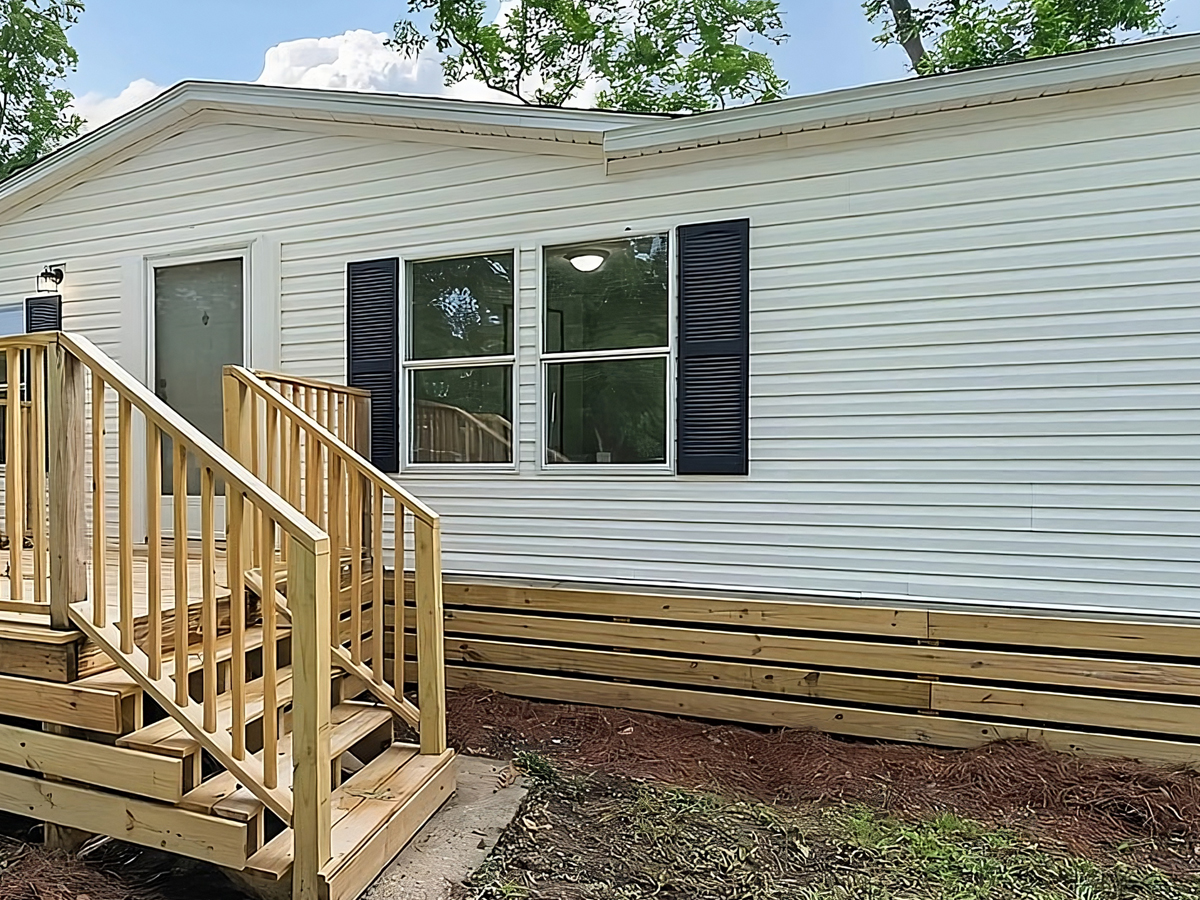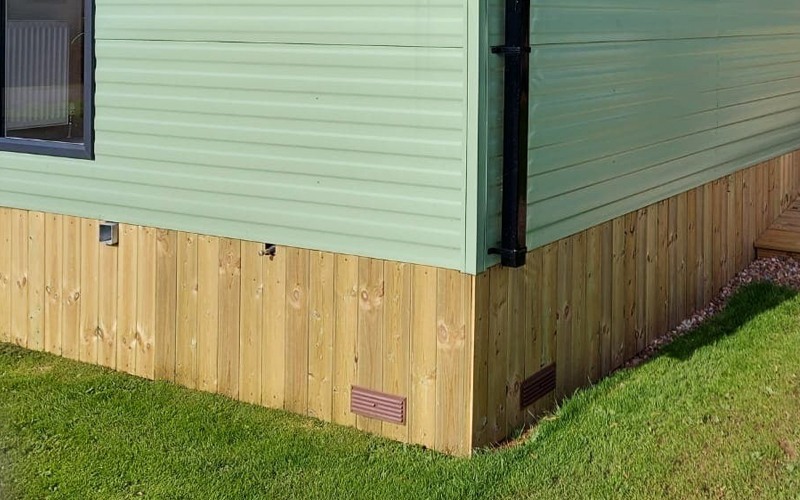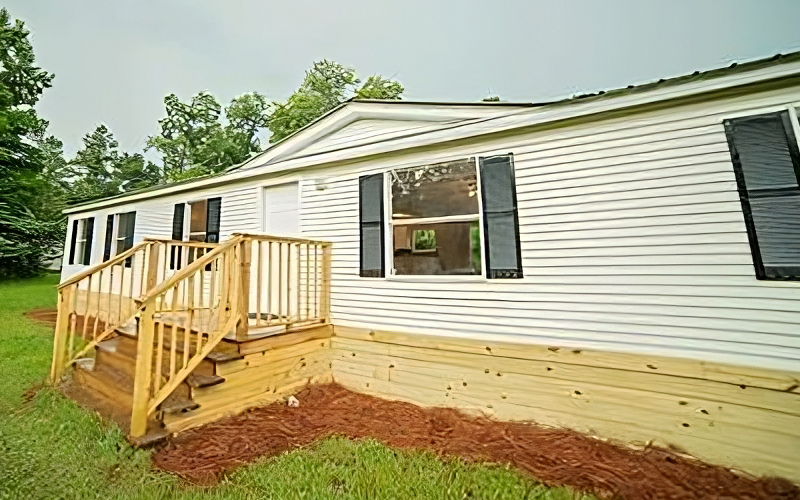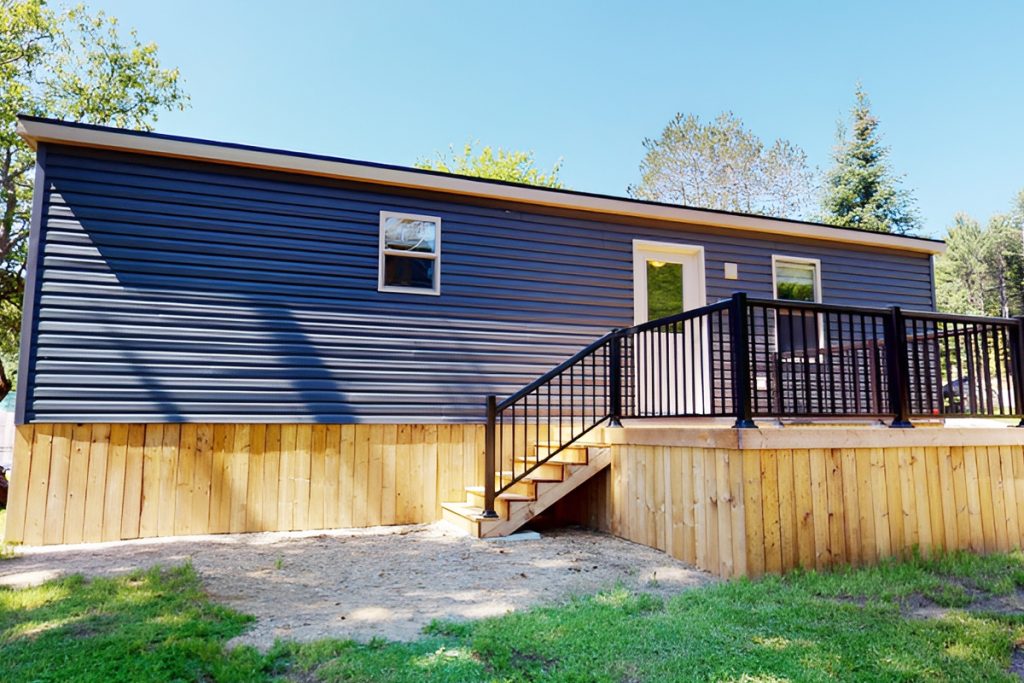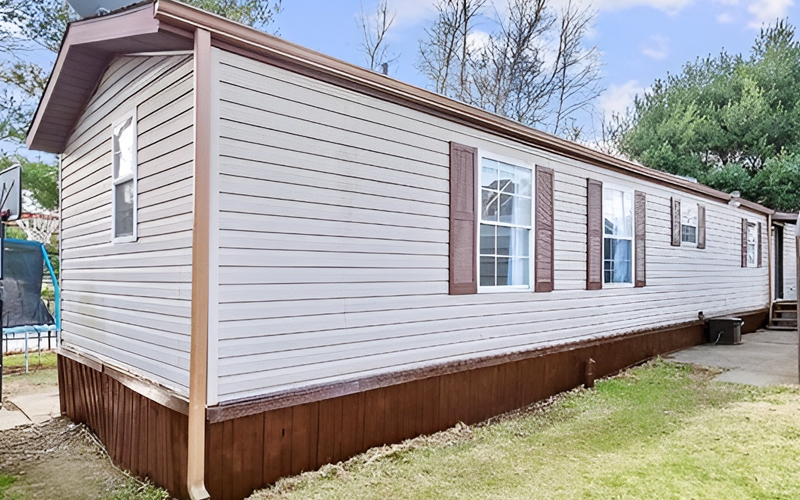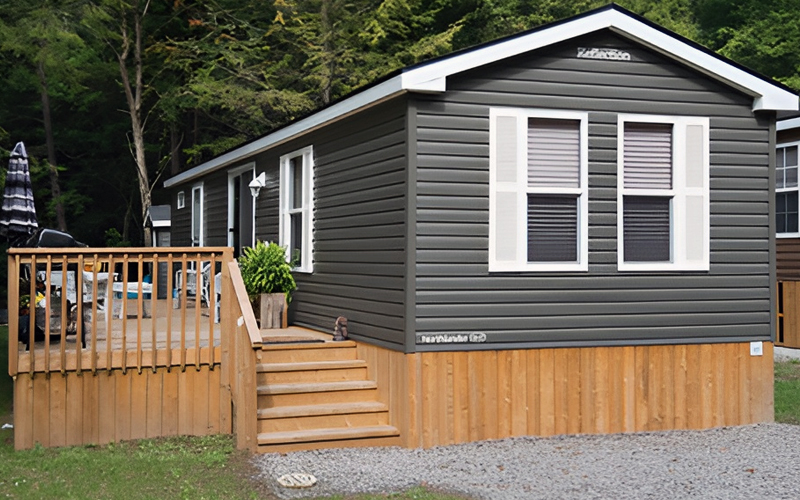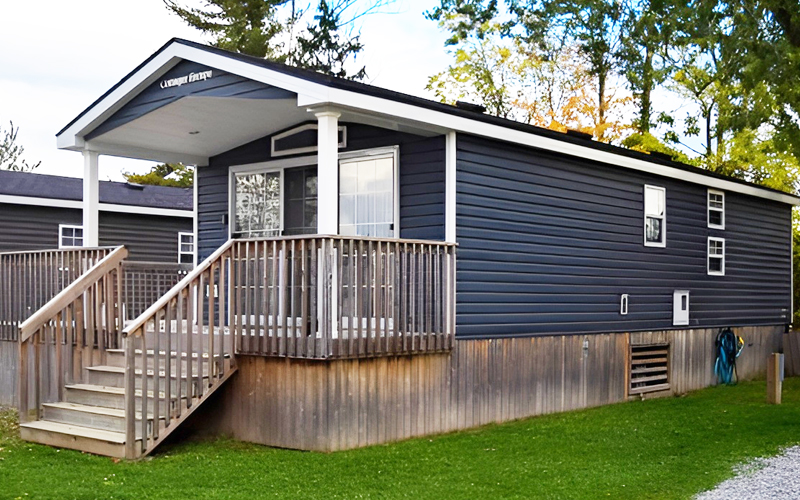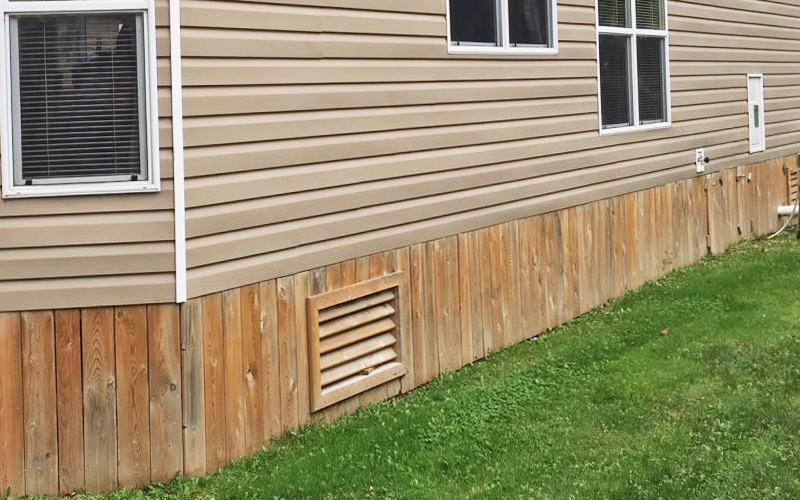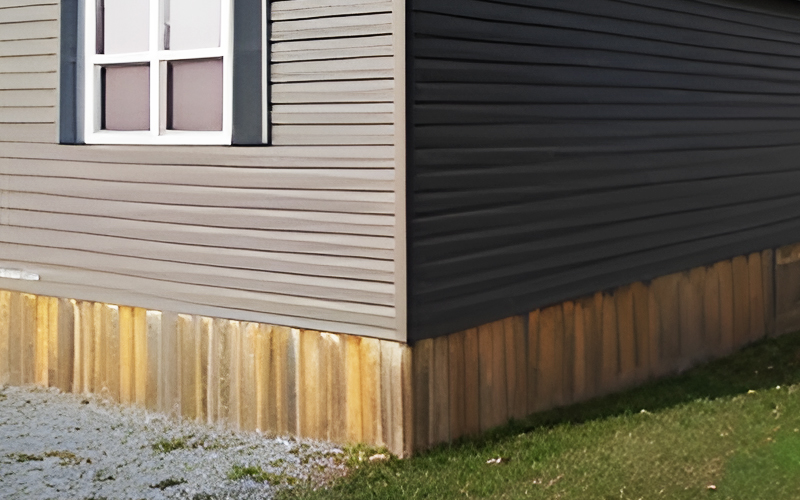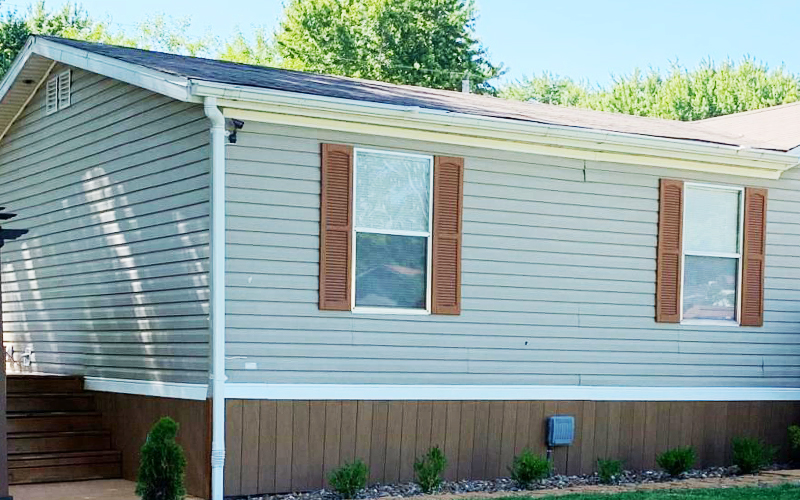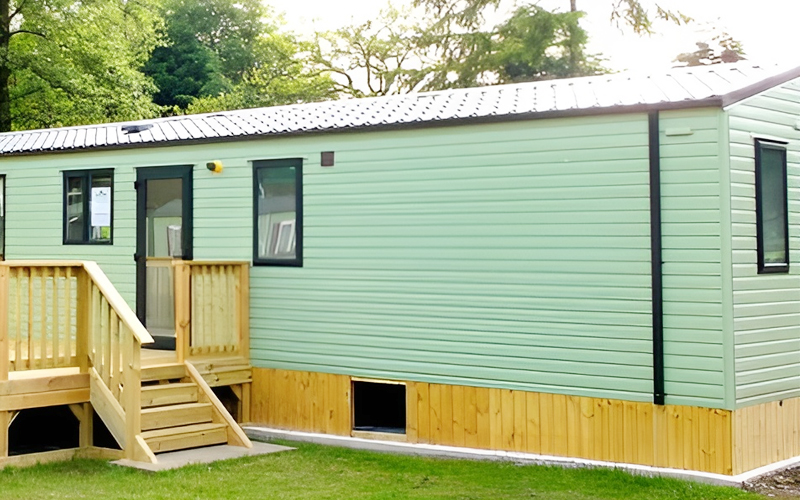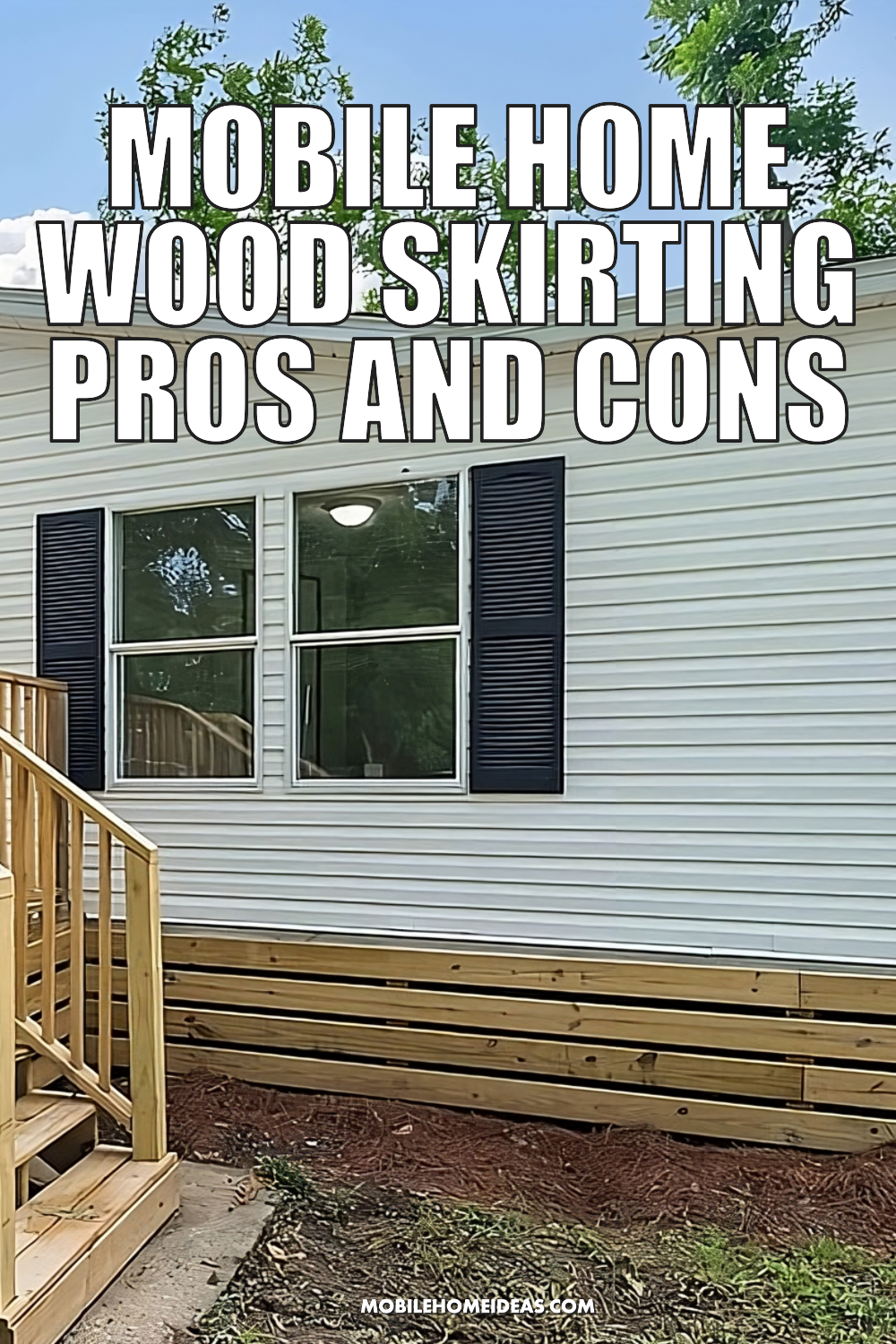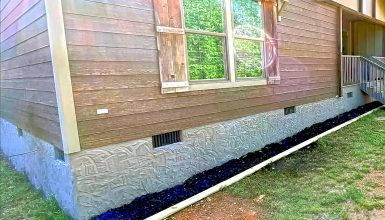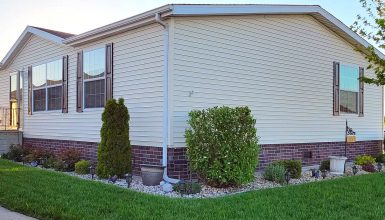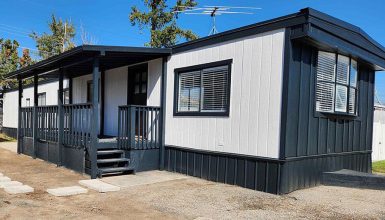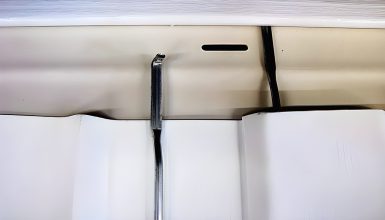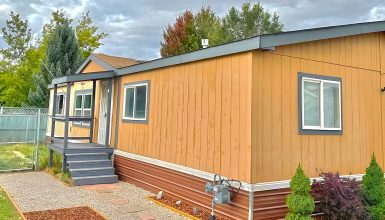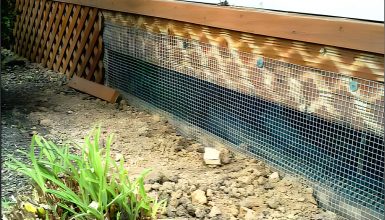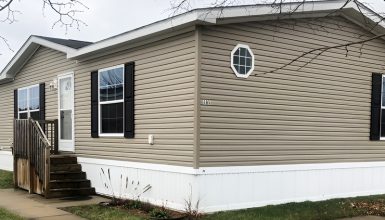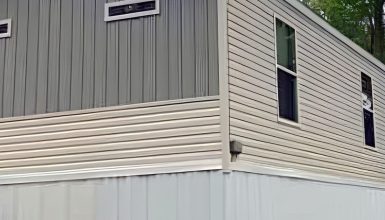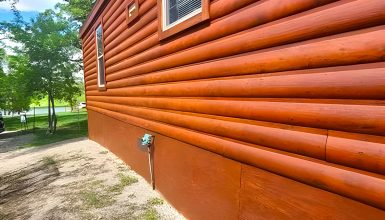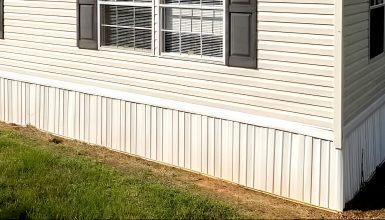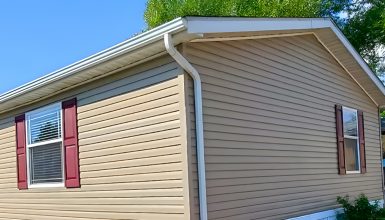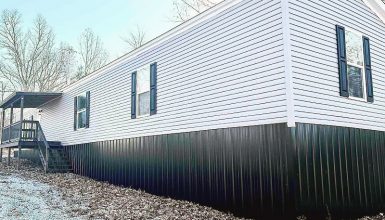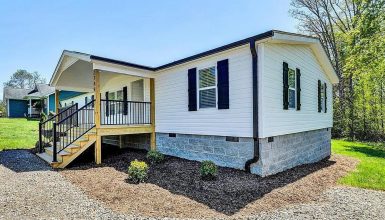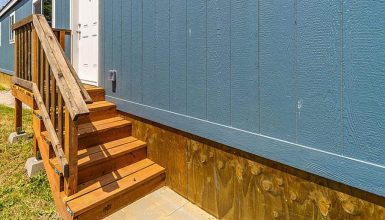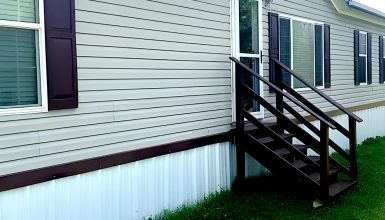Have you considered adding wood skirting to your mobile home but aren’t sure if it’s the right choice? There’s no doubt that wood skirting can be an excellent option for protecting your mobile home from the elements and enhancing its curb appeal. However, it’s essential to consider both the pros and cons before deciding.
What is Wood Skirting?
Wood skirting is a type of protective material installed around the base of a structure, typically a mobile home. It is made from wood, plywood, or wood-based composites.
It provides a natural and attractive look while protecting the structure’s underside. The skirting panels are typically installed on a frame secured to the ground, leaving a small gap between the panels. And the bottom to prevent direct contact with soil and moisture.
Pros of Wooden Skirting
Wood skirting for a mobile home can be an excellent choice to add protection and curb appeal to your home. Here are some of the main advantages of choosing wooden skirting:
1. Enhances curb appeal
One of the most significant benefits of wooden skirting is its ability to enhance the appearance of your mobile home. It gives the impression of a solid foundation and can be used to create a cohesive design aesthetic. Wood skirting comes in various finishes, textures, and colors, so you can choose the option that best fits your style and preferences. Furthermore, adding wooden skirting can increase the overall value of your mobile home.
2. Insulation and protection
Wood skirting also offers an extra layer of insulation to your mobile home, which can help reduce energy costs by keeping the interior cooler in the summer and warmer in the winter. It can also protect your home from the elements, including wind, rain, and snow.
3. Variety of design options
As mentioned earlier, wooden skirting comes in various finishes, textures, and colors, so you can choose the option that best fits your style and preferences. Some wood skirting options even offer the appearance of natural wood grains. It adds a touch of warmth and sophistication to your mobile home’s exterior.
4. Environmentally friendly
Lastly, wood skirting can be sustainable and environmentally friendly when sourced from sustainably managed forests. These forests are managed in a way that promotes responsible forestry practices. It also helps to protect natural resources for future generations.
Cons of Wooden Skirting
While wooden skirting for a mobile home offers several advantages, there are also some potential drawbacks. Here are some of the main cons:
- Susceptible to rot and insect damage
If not properly treated and maintained, wood skirting can be susceptible to rot and insect damage. It can be a costly and time-consuming problem to fix, so taking care of your wood skirting from the outset is essential. Regular inspections and treatments can help prevent these issues from arising.
- Warping and splitting
Over time, wood and wood-based materials can warp, split, and crack, particularly if they are exposed to the elements. It can compromise the structural integrity of the skirting and can detract from its appearance.
- Not as strong as other materials
While wood, plywood, and wood-based composites are strong, they are not as strong as other skirting materials like concrete or masonry. It can make them more susceptible to damage from impacts or weather events.
- Requires regular maintenance
These materials require more maintenance than other skirting options. Wood, for example, must be sealed, painted, or stained to maintain its appearance and protect it from moisture and insects. This maintenance can be time-consuming and can add to the overall cost of the skirting.
- Costing more over time
Although these materials may be less expensive than other skirting options initially, they may cost more over time due to their maintenance requirements and the need for more frequent replacement.
- Hard to install
These materials may be more challenging to install compared to other skirting options due to their weight and the need for precise cutting and fitting. It can lead to longer installation times and higher labor costs.
- Potential fire hazard
Finally, wood skirting can pose a potential fire hazard if not correctly maintained or located near combustible materials. Following proper fire safety precautions is essential, such as keeping your wood skirting at least 6 inches away from the ground and avoiding using flammable materials around it.
How to Put Wood Skirting on a Mobile Home
As discussed earlier, installing wood for mobile home skirting can be more challenging than other options. Here are the basic steps to install it:
Step 1: Measure
Measure the perimeter of your mobile home to determine the sizes and how much skirting material, you’ll need. Purchase the necessary materials, including the skirting panels, framing materials, and fasteners.
Step 2: Prepare the area
Clear away any debris or obstacles around the perimeter of the mobile home. Ensure the ground is level and compacted to provide a stable base for the skirting.
Step 3: Install the framing
Install pressure-treated framing along the perimeter of the mobile home, leaving at least 6 inches of clearance between the frame and the ground. It will help prevent direct contact with the soil, which can lead to moisture damage and insect infestations.
Step 4: Cut and install the skirting panels
Measure and cut the skirting panels to fit the perimeter of the mobile home. Use a circular saw or jigsaw to make precise cuts. Attach the skirting panels to the framing using screws or nails, leaving a small gap between panels for expansion and contraction.
Step 5: Finish the edges
Use a piece of trim or molding to finish the top edge of the skirting panels, hiding the rough edges and providing a clean finish.
Step 6: Seal and paint
Seal the skirting panels with a clear sealant to protect them from moisture damage and insects. Paint the skirting panels with exterior-grade paint to provide additional protection and improve the appearance.
Installing the skirting on a mobile home requires basic carpentry skills and tools. Hiring a professional to ensure a proper installation may be best.
Maintenance and Care for Wooden Skirting
Wooden skirting can provide a natural and attractive look for your mobile home. Still, it requires regular maintenance to keep it looking its best. Here’s what you need to know about caring for and maintaining it:
- Cleaning
Regular cleaning is vital to prevent the buildup of dirt and debris, which can damage your wooden skirting over time. You can use a soft-bristled brush and mild detergent to clean your skirting and rinse it thoroughly with water afterward.
- Sealing and staining
Sealing and staining your wooden skirting is essential to protect it from moisture, insects, and other environmental factors. To ensure maximum protection, seal or stain your skirting every 2-3 years.
- Inspections
Regular inspections of your wooden skirting can help identify potential problems before they become serious. It’s a good idea to inspect your skirting at least once a year and to check for signs of rot, insect damage, warping, or other issues.
- Repairs
If your wooden skirting becomes damaged, it must be repaired immediately to prevent further damage. Depending on the extent of the damage, you may need to replace individual boards or sections of the skirting.
- Avoiding combustible materials
Wooden skirting can be more vulnerable to fire, so avoiding storing flammable materials or using open flames near your skirting is essential.
Caring for and maintaining your wooden skirting requires regular attention and upkeep. Suppose you’re not comfortable with this type of maintenance. In that case, it may be worth considering other skirting options that require less upkeep. However, with proper care and maintenance, your wooden skirting can provide an attractive and natural look for your mobile home.

